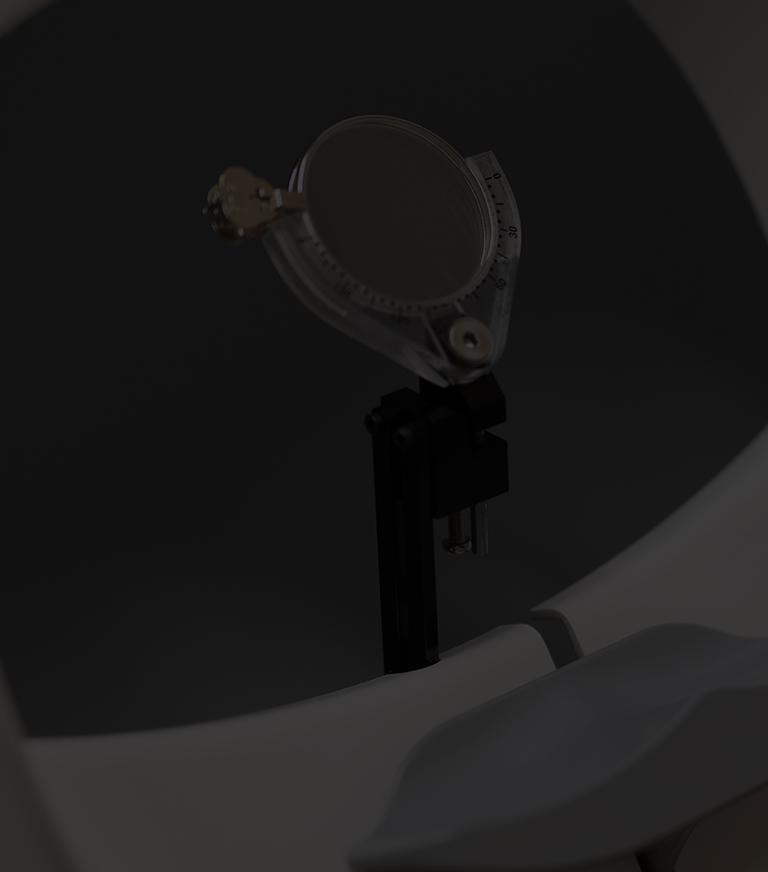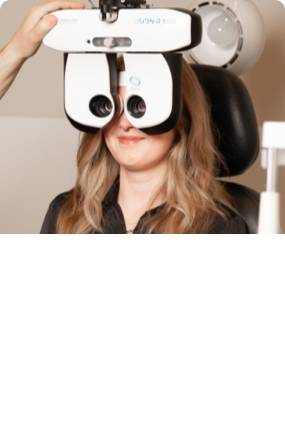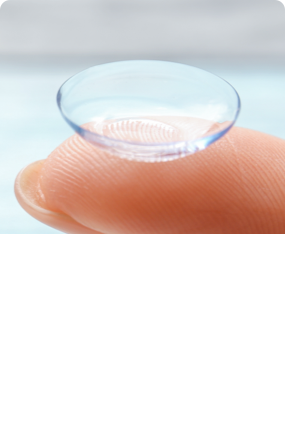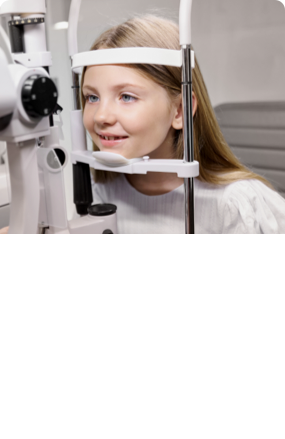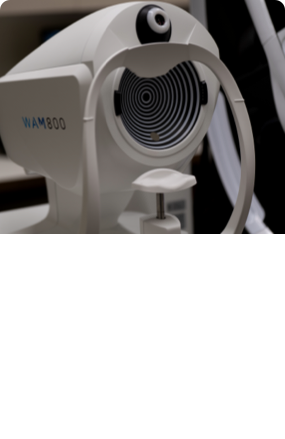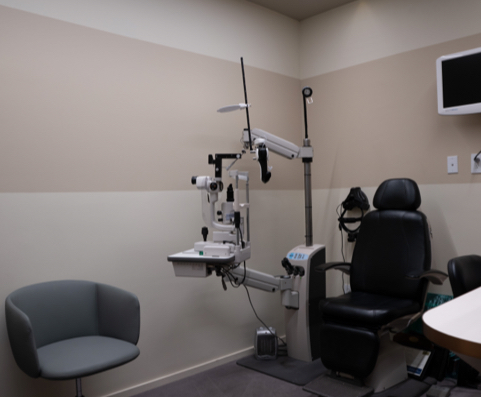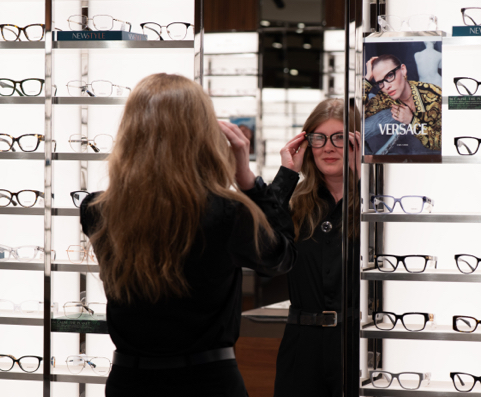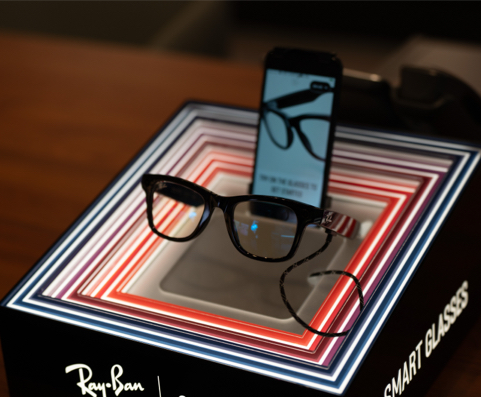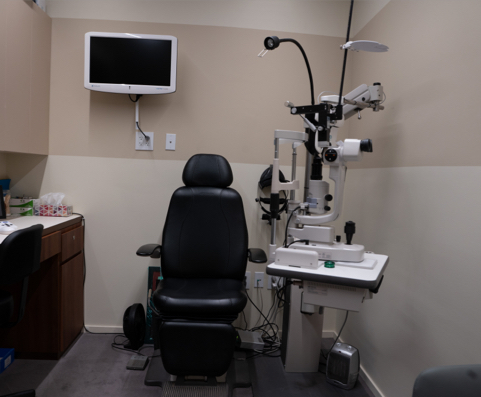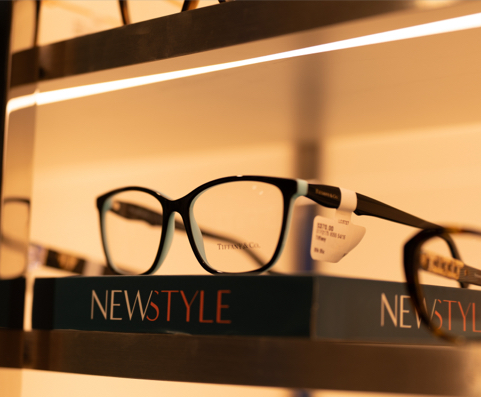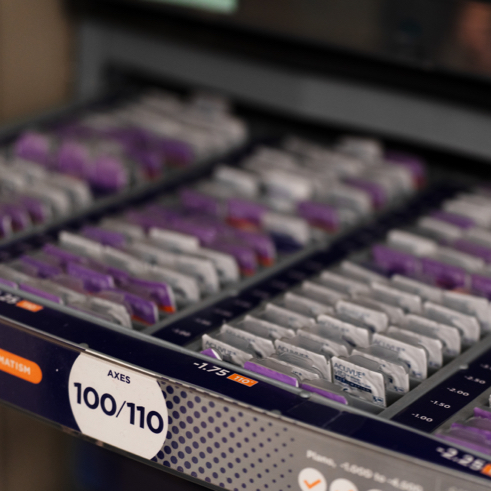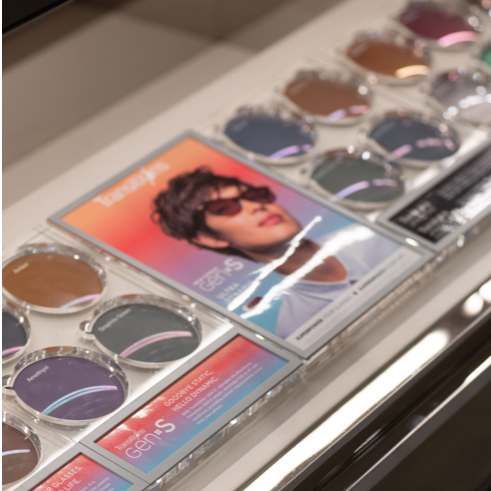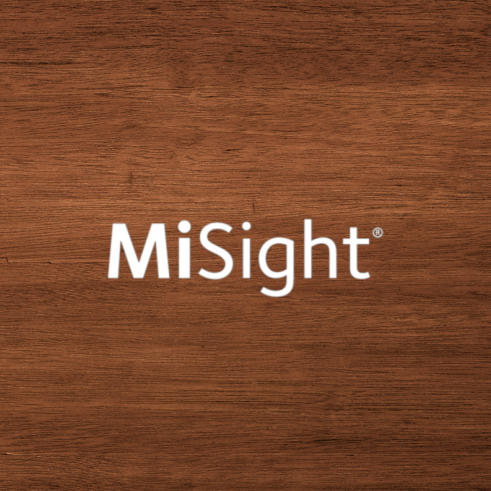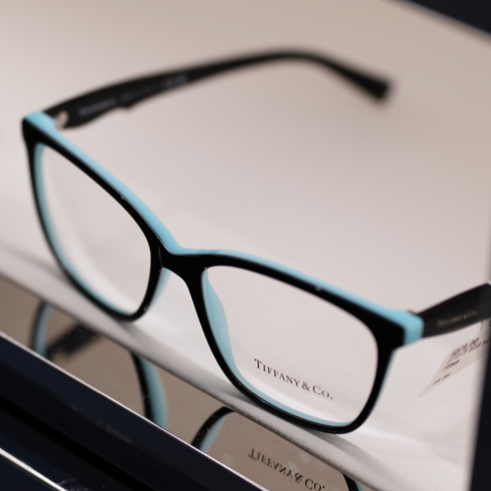Contact lenses can be an excellent alternative to switch up your look from your prescription glasses while maintaining the same vision correction. Your contact lens journey begins with a comprehensive contact lens exam and fitting with your optometrist.
Contact lenses offer specialty options to help correct complex vision issues and clear up your vision. Multifocal contact lenses are one of these unique specialty lens types.
Let’s explore how multifocal contact lenses work, including how they are designed to help with your unique visual needs.
A Closer Look at Multifocal Contact Lenses
Contact lens technology has evolved over the years, and multifocal contact lenses make vision correction more accessible. Multifocal lenses are designed to help correct vision for people with refractive errors such as:
- Myopia (nearsightedness)
- Hyperopia (farsightedness)
- Astigmatism
- Presbyopia
Presbyopia is an age-related decline in vision that makes it more difficult for middle-aged and older adults to see things up close. Presbyopia is a normal aspect of aging, and multifocal contact lenses can help correct it and eliminate the need for reading glasses.
Multifocal contact lenses can have a bifocal and trifocal design with distinct lens powers to correct vision at varying distances. Multifocal lenses can help people who need vision correction at multiple distances.
Multifocal lenses work in different ways depending on the design of the lens, which falls into 2 primary groups:
- Simultaneous vision designs—this design has specific regions of the lens designated for far and near viewing. There are 2 types of simultaneous vision designs, concentric and aspheric.
- Segmented designs—this design has the center and top portions containing the proper power for viewing distant objects, while the lower portion has added magnifying power for viewing near objects.
Multifocal contact lenses also come in different forms—let’s explore some of them.

Different Forms of Multifocal Contacts
Getting to know multifocal contact lenses means exploring their different forms. Let’s simplify some of the different options.
Concentric Multifocal Contacts
Concentric multifocal lenses contain the lens power for seeing distant objects in the center of the lens, surrounded by concentric rings of near and distance powers of your contact lens prescription.
These lenses can be made of either soft or rigid gas permeable (RGP) contact lens materials.
Aspheric Multifocal Contact Lenses
Aspheric multifocal contact lenses have a design that’s similar to your progressive eyeglass lenses. These lenses feature a gradual change in power from far to near, with no visible lines in the lenses.
These lenses differ from your glasses because aspheric multifocal contacts are simultaneous vision lenses, and your visual system must adjust and learn to select the proper lens power for the situation.
Segmented Bifocal Contact Lenses
Segmented bifocal contact lenses feature a rigid gas permeable (RGP) design. They have 2 power segments with a clear line of separation between distance correction on top and near correction below.
Your eye will adjust and look through either one depending on whether you’re looking at distant objects or close-up objects.
Addressing Your Visual Needs
Multifocal contact lenses are another tool to help address your unique visual needs. Your optometrist will be able to determine the best lenses for your eyes through a comprehensive contact lens exam and fitting. Book an appointment with your optometrist to see if multifocal contact lenses are a good option for you!
